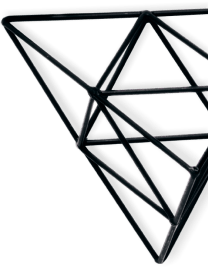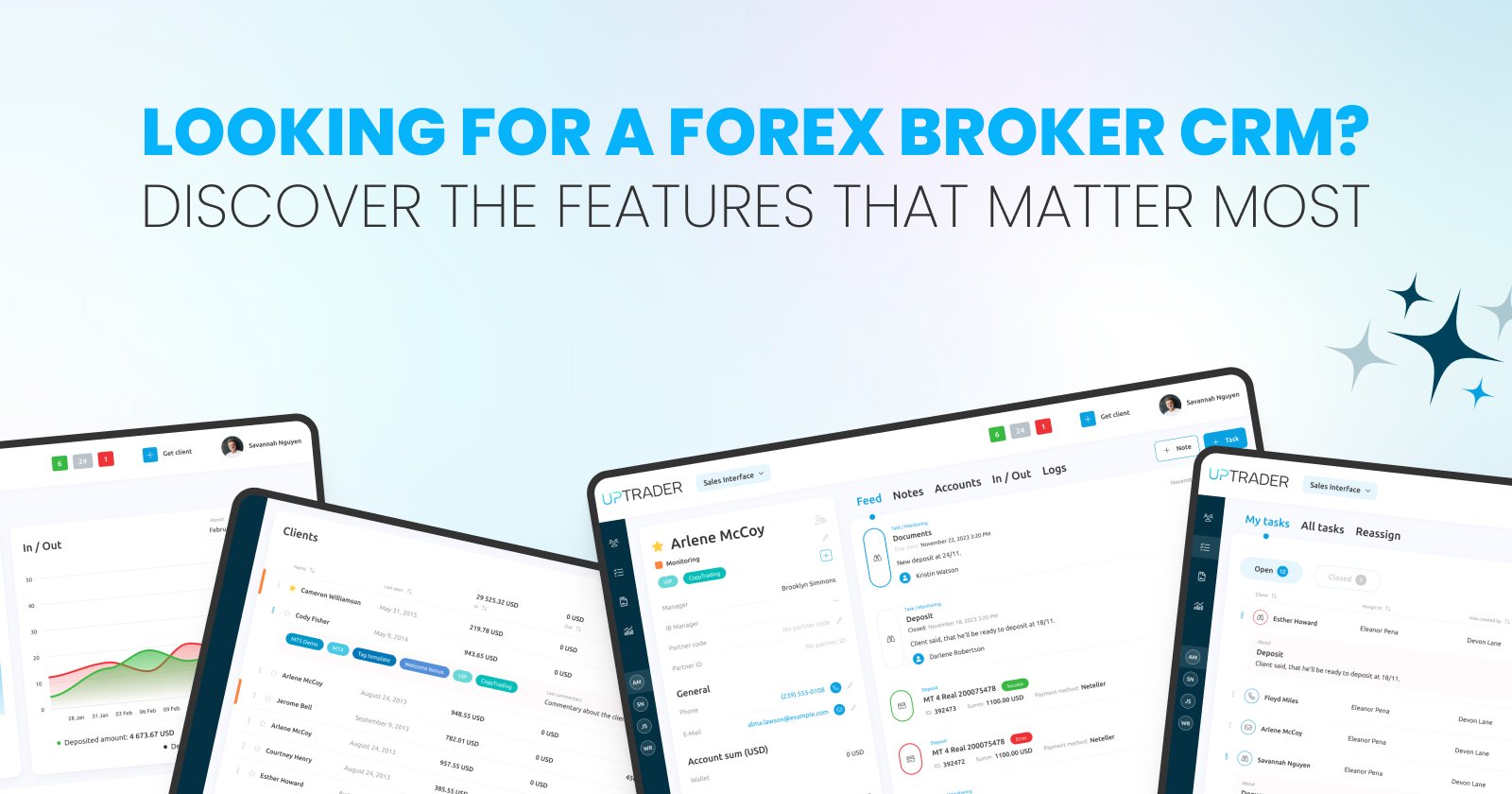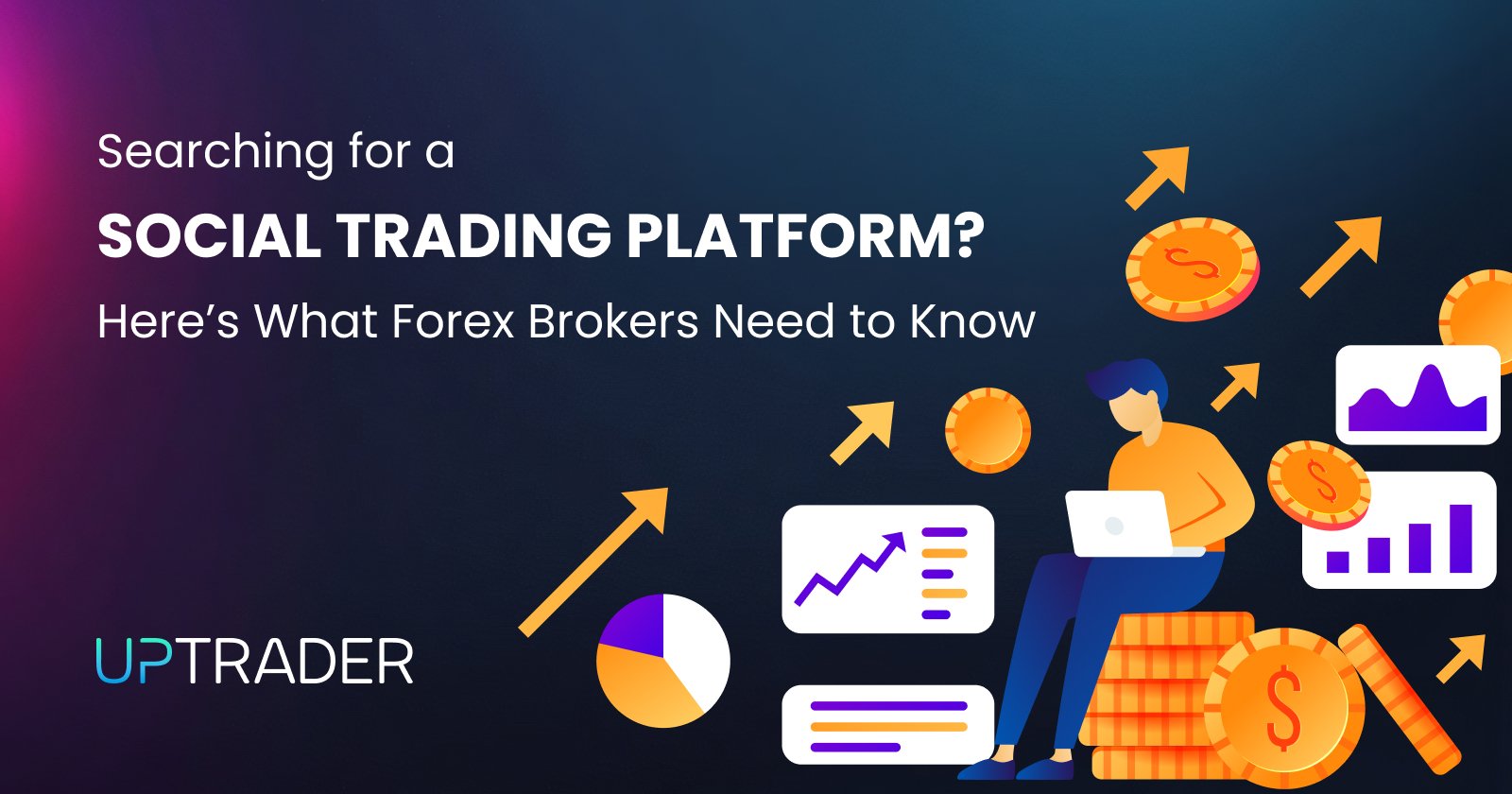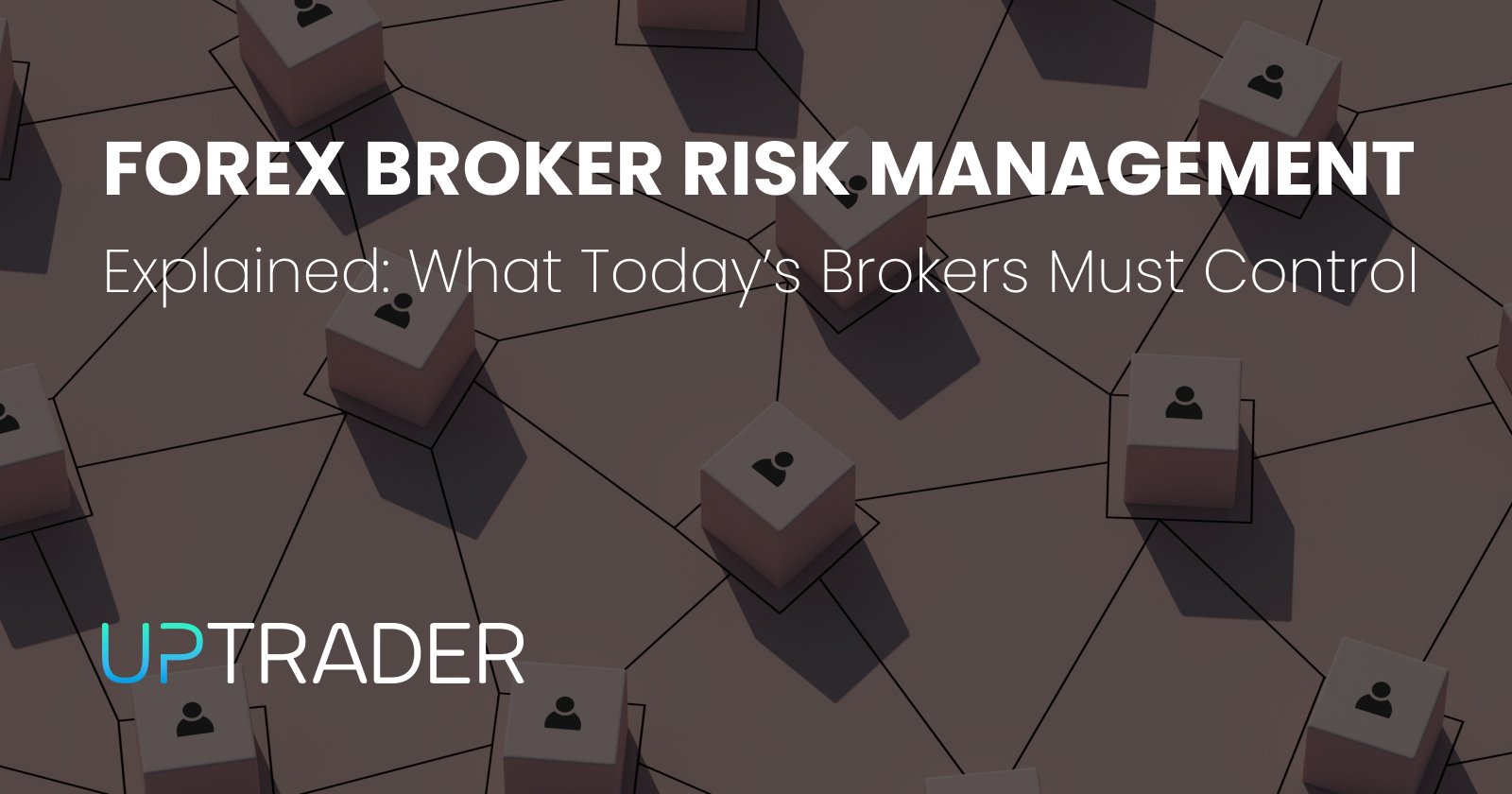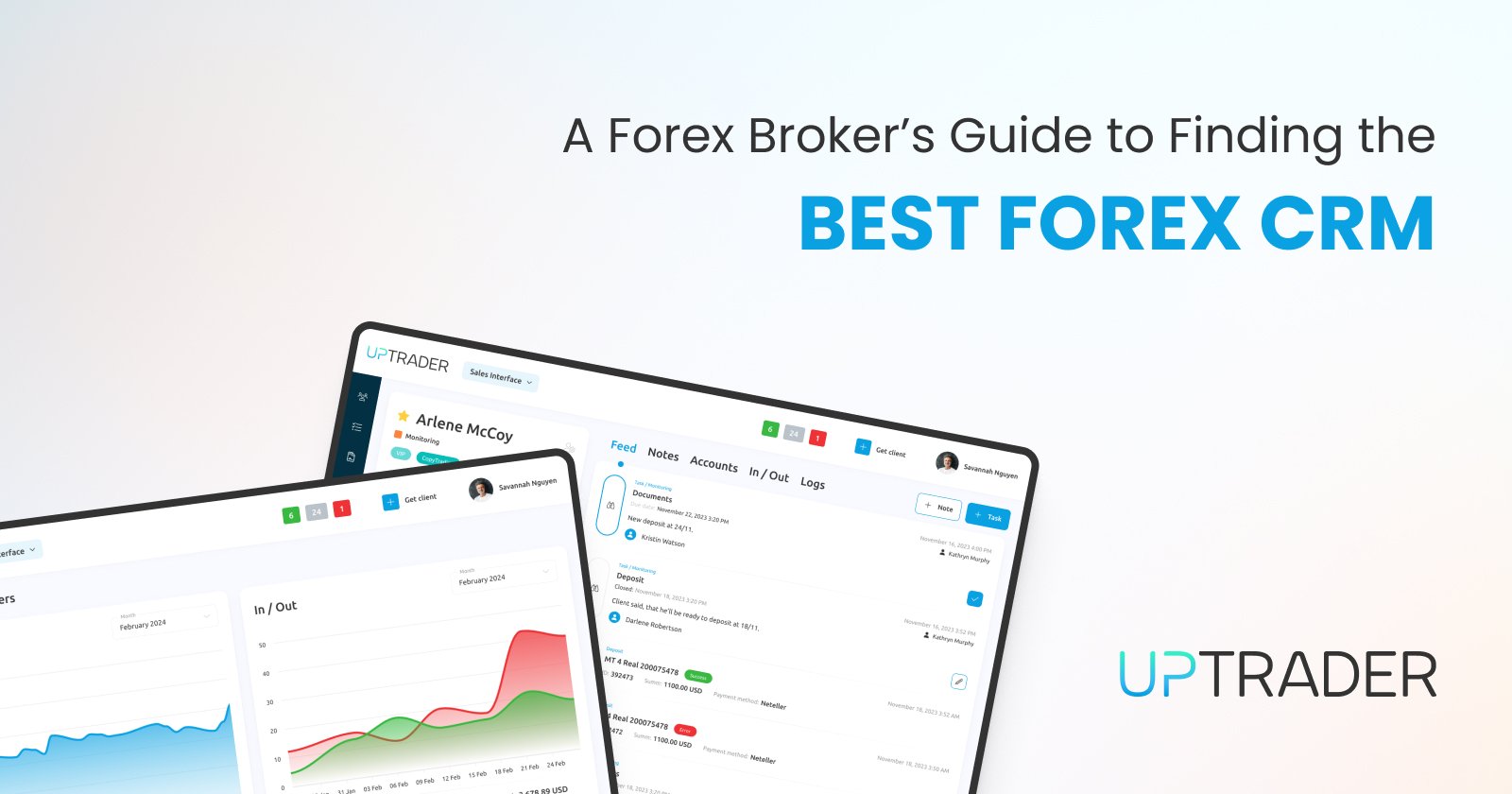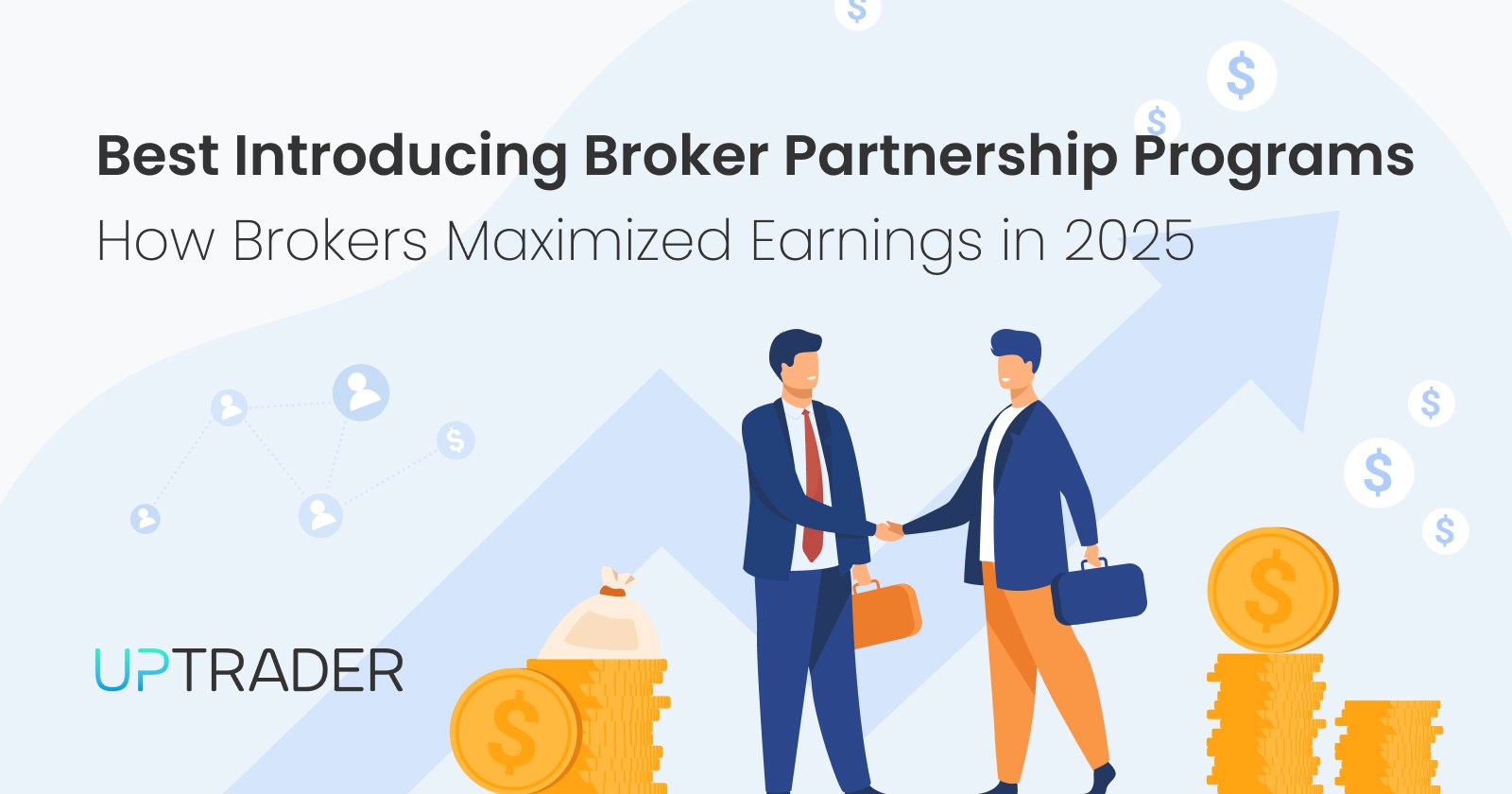
Best Introducing Broker Partnership Programs of 2025: How Brokers Maximized Earnings
You’re scanning the market because you want a partner program that pays — not just occasionally, but consistently and at scale. In 2025 the smartest brokers leaned into three things that matter to you: predictable payouts, flexible commission models, and tools that let you convert leads into active traders. This article walks you through the best introducing broker partnership programs that set the standard this year, explains exactly how those brokers helped partners maximize earnings, and gives you the practical checklist you need to pick the right program for your business.
Best Introducing Broker Partnership Programs In 2025 — What Changed And Why It Matters To You
Introducing Broker (IB) programs aren’t new, but 2025 sharpened the difference between “good” and “exceptional.” Brokers who invested in partner technology (real-time dashboards, commission calculators), diversified payout models (CPA, revenue share, per-lot rebates), and operational niceties (fast daily payouts, multi-tier referrals, localized support) created predictable income streams for partners. If you want steady growth, you should be looking for those features first — they turn leads into repeat revenue rather than one-off commissions.
Who Led The Pack (And Why You Should Pay Attention)
Below are five real-world leaders whose 2025 partner offerings consistently returned the best outcomes for introducing partners. I’ll call out the specific features that matter so you can compare programs quickly.
UpTrader — A Technology-Driven IB Ecosystem Built for Higher Earnings
In 2025, UpTrader’s partner system gained serious traction because of its technology-first approach. Instead of relying solely on payout percentages, UpTrader focused on the tools that help you convert and retain clients — which is ultimately where your long-term earnings come from.
You get access to:
- A modern, real-time partner cabinet
- Detailed tracking for deposits, activity, and trading volume
- Automated multilayer commission calculation
- Fast and predictable payouts
- Sub-IB structures that allow you to build your own network
What makes UpTrader stand out is the way it integrates technology into every stage of the partner process. If you rely heavily on analytics, funnels, education-based marketing, or multi-tier networks, UpTrader gives you the structure to scale quickly. Its partner ecosystem is built more like a CRM-powered pipeline than a basic IB program — giving you a genuine advantage.
IC Markets — Professional Markets, Flexible Payout Cadence
IC Markets positioned itself for partners who work with high-frequency or institutional-style traders by combining tight pricing and a clear, tiered IB structure. Their partners portal and payout options (daily/weekly/monthly) mean you can match your cash flow needs. For IBs that send active trading volume, this kind of operational predictability directly increases how quickly you can scale your outreach and spend on client acquisition.
XM — Multiple Partner Paths And Product-Led Conversions
XM kept winning partners by offering multiple partnership models (CPA, lot rebates, hybrid) and a well-known brand that converts better in many markets. If you run educational channels, seminars, or content funnels, XM’s product-led conversion approach is designed to make your marketing efforts convert at higher rates.
OANDA — Structured Rebates That Favor Consistent Traders
OANDA’s IB and rebate structures reward steady traders with clear per-lot rebates and hybrid options. For you, that means durable returns if your audience trades regularly rather than sporadically. Hybrid models like OANDA’s can give you the best of both worlds: a front-loaded fixed payment for conversions plus ongoing rebates for volume.
PU Prime — Industry Recognition And Partner Traction
In 2025, PU Prime picked up industry awards recognizing the strength of its IB program. That kind of recognition isn’t fluff — it reflects partner satisfaction, product stability, and a visible pipeline of new partners getting paid on time. Awards don’t replace due diligence, but they’re a fast signal that a program is working in the real world.
How They Actually Helped Partners Maximize Earnings
Numbers and features matter, but what moves the needle for you are the practical mechanisms brokers implemented. Here’s what they did — and how you can use the same levers.
1) Layered, hybrid commission models
Top brokers stopped offering single-path payouts. Instead they let you combine CPA (a fixed fee per new client), lifetime revenue share, and per-lot rebates. You get paid on conversion and retained value — so if you send a client who trades for years, you keep earning. Always ask for a sample revenue calculator from any program so you can model break-evens for your lead sources.
2) Faster, predictable payouts
Daily or weekly payouts reduce your working capital needs. Brokers providing daily settlements had a greater ability to allow their partners to reinvest ad spend or scale outreach instantly — a direct multiplier on growth. If you run paid acquisition channels, payout cadence matters as much as percentage rates.
3) Better partner tooling = higher conversion and retention
Real-time dashboards, CRM integrations, and commission simulators closed the gap between lead and active trader. When you can track which campaigns and which channels produce active accounts, you cut wasteful spending and focus on high-converting tactics. Look for partner portals that give you granular reporting by source, campaign, and client.
4) Multi-tier networks and recruiting incentives
Programs that paid on the performance of referred sub-IBs let you build a mini-salesforce. Instead of one-to-one lead referrals, you create a network that compounds commissions. To what degree are you willing to recruit and train a downstream team? This is where multi-tier systems can greatly amplify your earnings.
5) Local language support and regulated trust signals
Conversion rates follow trust. Brokers that localized landing pages, offered local payment methods, and highlighted reputable licensing saw higher inbound conversion. You can’t fake regulatory badges — but you should verify legal entities and payment rails because they affect deposit friction and retention.
What You Should Measure Before You Sign
You need to treat an IB agreement like a business contract. Here are the exact items that predict whether a program will be lucrative for you:
- Effective payout mix: CPA + revenue share + lot rebate availability. Model revenue under conservative and optimistic scenarios.
- Withdrawal frequency: To minimize higher min withdrawal amounts, consider whether withdrawals are daily, weekly, or at preset dollar amounts.
- Visibility of tracking: Is there client activity, trade volume, and conversions in real-time in the partner portal?
- Chargebacks and clawbacks policy: How long can a broker claw back commissions for fraudulent or reversed deposits?
- Marketing and compliance support: Do they provide localized creatives, legal disclaimers, and KYC guidance?
- Exit and transfer provisions: If you stop promoting, can you keep any client shares you have residual rights to? For how long?
Tactical Moves To Earn More — Your Playbook
You don’t need to reinvent the wheel. Here are tactical approaches proven in 2025.
- Mix channels: Paid advertising can be supplemented with webinars and educational funnel systems, while referral systems can be partnered.
- Prioritize retention over acquisition: The retained trader's long-term value outweighs the cost per acquisition, thus having welcome flows, trading education follow-ups, and active client retention measures are important.
- Favor hybrid models: Structuring a lower cost per acquisition with a revenue share for more qualified traffic moves the up-front risk lower and aligns the incentives with the brokers.
- Recruit micro-IBs in target markets: With small communities that are typically unreachable, a small override can be offered to lower-tier sub-IBs.
- Test payouts and creatives: Use the partner portal’s reporting to A/B test landing pages and offers; small lifts in conversion compounds quickly.
Red Flags — What To Avoid
Be wary when a program promises “guaranteed” returns or hides the tracking details behind opaque dashboards. Other warning signs:
- Extremely high CPA with no revenue-share option (they’re buying conversions, not partners).
- Long, unexplained clawback periods or secretive chargeback rules.
- No commission calculator or reporting granularity.
- Poor or no local payment methods for your audience — that kills deposits.
Example Calculators — Think In Scenarios, Not Promises
Model two scenarios for every partner offer: conservative (low deposit, low trade frequency) and aggressive (higher deposits, frequent lots traded). Use the broker’s commission calculator — most top programs provide one — and plug in the conversion rates you actually see from your traffic. If the broker offers daily payouts, simulate reinvestment cycles to project how quickly you can scale paid channels.
Final Checklist — Sign Here If All Boxes Are Ticked
Before you commit, make sure the program offers:
- Clear commission breakdowns and a commission simulator.
- Real-time tracking and easy reporting export.
- Multiple payout options including daily/weekly.
- Hybrid payment models (CPA + revenue share + rebates).
- Localized materials and reliable customer support.
If a program checks those boxes, you’re not betting on hype — you’re building a repeatable revenue engine.
Final Thoughts
In 2025 the most successful IBs stopped chasing the highest headline rate and started optimizing the full funnel: conversion, deposit, trading activity, and retention. The brokers that won were the ones who aligned their incentives with partners — offering hybrid pay, fast payouts, and tools that let you measure and improve. Your job is to pick the best introducing broker partnership program that matches how you acquire clients, model realistic numbers, and double down on the channels that return the best lifetime value.
If you treat your IB activity like a business — with cashflow management, marketing tests, and a recruitment plan — you’ll turn a simple referral link into a predictable revenue stream. Start by comparing Exness, IC Markets, XM, OANDA, and other reputable partners on the checklist above, request their commission calculators, and build your financial model. Do that, and you won’t be chasing deals; you’ll be choosing partners that help you scale.
If you are willing to take advantage of incredible features like Affiliate Programs, PAMM, and MAM modules, Copy Trading platforms, CRM solutions, etc, then talk to a consultant on our site, or try UpTrader today.




